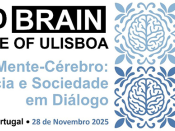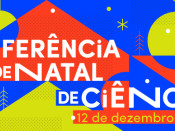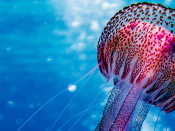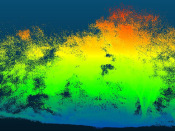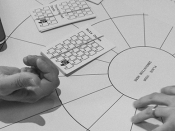Por Solveig Thorsteinsdóttir (Development and Evolutionary Morphogenesis - cE3c).
Skeletal muscle development starts early in vertebrate embryos and progressively builds the skeletal muscles that make us able to move and breathe. Throughout most of our lives, skeletal muscle is a tissue with remarkable regenerative potential because it contains muscle stem cells, derived from embryonic muscle progenitor cells, which are tucked into a specific “niche” near the muscle fibres. When we grow as children or when our muscles are damaged, some of these cells turn on the muscle developmental programme leading to muscle growth and/or repair.
Congenital muscular dystrophies (CMDs) are diseases where the connection between muscle cells and the extracellular matrix molecule laminin 211 is faulty, leading to muscle weakness evident already at birth. LAMA2-CMD, where laminin 211 is absent, is among the most severe CMDs. Muscle damage and wasting starts early in life and patients rarely survive past their teens or early twenties. There is no treatment or cure.
Since infants with LAMA2-CMD are already affected at birth, the defect underlying the disease must have arisen during development in utero. Using a mouse model for the disease we have discovered that Lama2-deficient mouse foetuses display impaired muscle growth in utero and have abnormally low numbers of muscle stem cells within their muscles. The timing of this defect correlates with the stage where, during normal muscle development, the muscle stem cells enter their niche, which in the case of mutant foetuses, lacks laminin 211. To dissect out what causes this reduction, we are zooming in on how muscle stem cells normally interact with their niche and what goes wrong in the absence of laminin 211. Our objective is to identify molecules or pathways that can be targeted in early intervention therapies which may one day increase the lifespan, improve clinical outcomes and quality of life for LAMA2-CMD patients.






